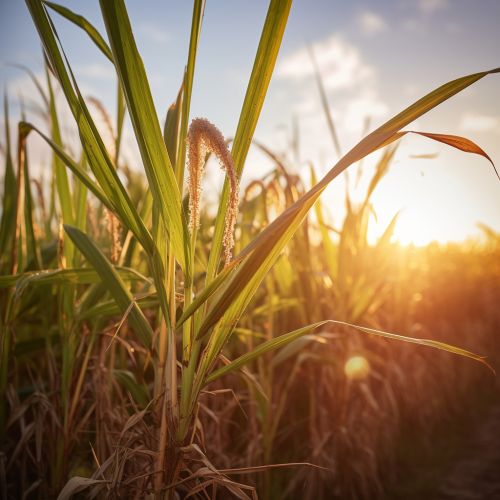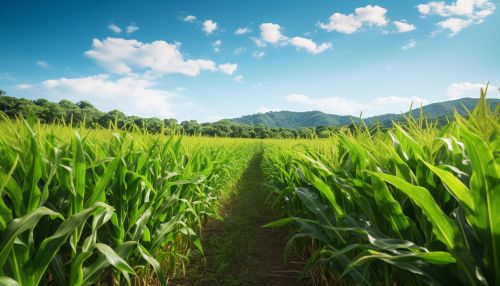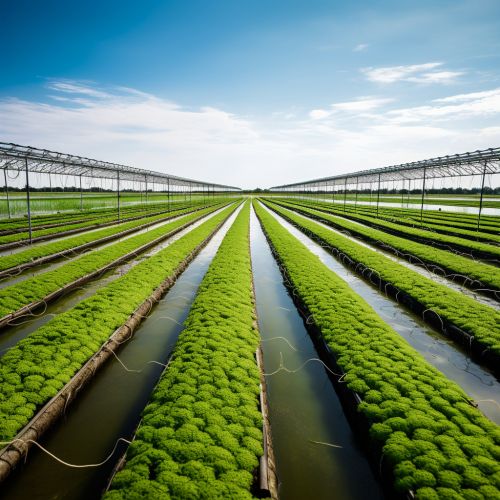Biofuel Production Techniques
Introduction
Biofuel production techniques involve the conversion of organic matter into fuel. These techniques are commonly categorized into first, second, and third-generation methods, each with their own unique processes and types of biomass used. The production of biofuels is a complex process that requires a deep understanding of organic chemistry, microbiology, and engineering. This article will delve into the various techniques used in biofuel production, providing a comprehensive and detailed analysis of each method.
First Generation Biofuels
First-generation biofuels are made from sugar, starch, or vegetable oil. They are considered first-generation because they were the first types of biofuel to be produced on a commercial scale.
Sugar Fermentation
One of the most common methods of first-generation biofuel production is the fermentation of sugars. This process involves the conversion of sugar into ethanol by yeast or bacteria. The sugar is usually derived from sugarcane or corn, but other sugar-rich plants like beetroot can also be used. The resulting ethanol can be used as a fuel in its own right, or it can be blended with gasoline to produce a fuel known as E85 read more.


Transesterification
Another method used in first-generation biofuel production is transesterification, which involves the conversion of vegetable oils into biodiesel. This process involves the reaction of vegetable oil with an alcohol (usually methanol) in the presence of a catalyst (usually sodium hydroxide). The resulting biodiesel can be used in diesel engines without modification, making it a viable alternative to fossil diesel read more.
Second Generation Biofuels
Second-generation biofuels are made from non-food crops or agricultural waste. They are considered second-generation because they were developed to overcome the limitations of first-generation biofuels, such as the food vs fuel debate.
Cellulosic Ethanol Production
One of the most promising second-generation biofuel production techniques is the production of cellulosic ethanol. This process involves the conversion of cellulose (a complex carbohydrate found in plant cell walls) into ethanol. This is achieved through a process known as enzymatic hydrolysis, where enzymes are used to break down cellulose into sugars, which are then fermented into ethanol read more.


Gasification
Another second-generation biofuel production technique is gasification. This process involves the conversion of biomass into a gas (known as syngas) through a process known as pyrolysis. The syngas can then be converted into a variety of fuels, including ethanol, methanol, and synthetic diesel read more.
Third Generation Biofuels
Third-generation biofuels are made from algae or other microorganisms. They are considered third-generation because they were developed to overcome the limitations of second-generation biofuels, such as the requirement for large amounts of land and fresh water.
Algae Biofuel Production
One of the most promising third-generation biofuel production techniques is the production of biofuel from algae. This process involves the cultivation of algae, which are then harvested and processed to extract lipids (fats), which can be converted into biodiesel read more.


Biohydrogen Production
Another third-generation biofuel production technique is the production of biohydrogen. This process involves the use of microorganisms (usually bacteria) to produce hydrogen gas from organic matter. The resulting hydrogen gas can be used as a clean, renewable fuel read more.
